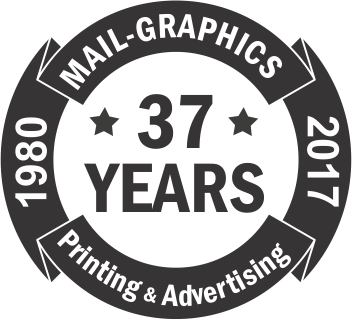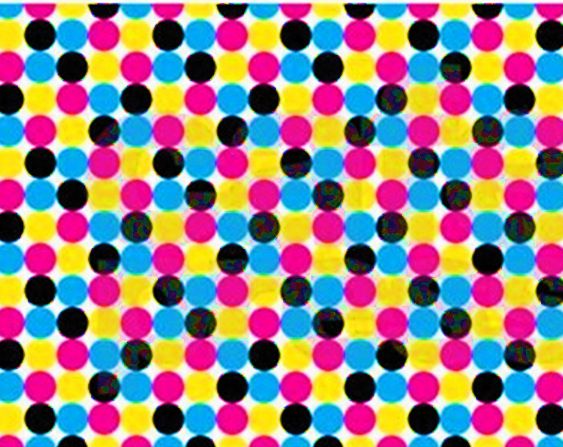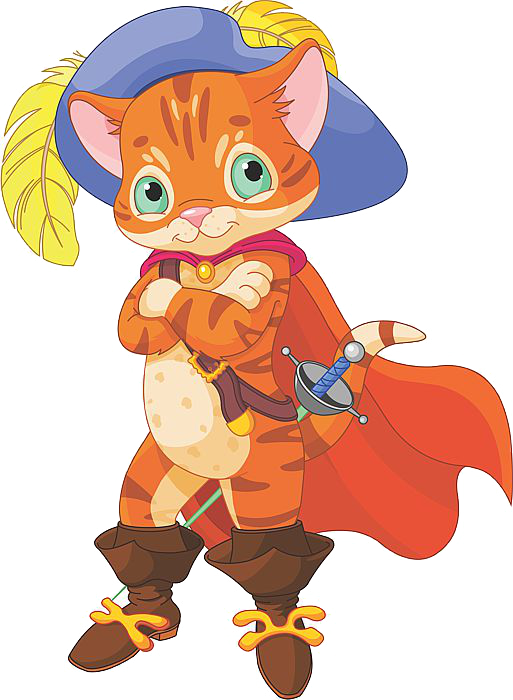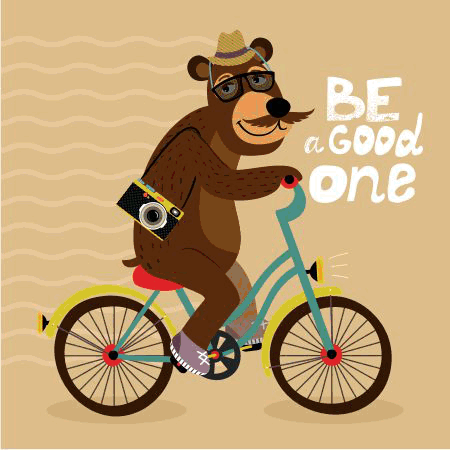Need to find just the right graphic for your needs? Mail-Graphics has partnered with
VECTORSTATE.COM to provide you with thousands of beautiful vector graphics for your printed projects created here at Mail-Graphics. Just go to
VECTORSTATE.COM and find the graphic you want us to use and send us the image ID Number. Use their handy search box at the top of their home page. No need to log in or join unless you would like to. At no extra charge, we will incorporate the image into your printed piece, and if possible we will change the colors and alter the image to fit your needs.



